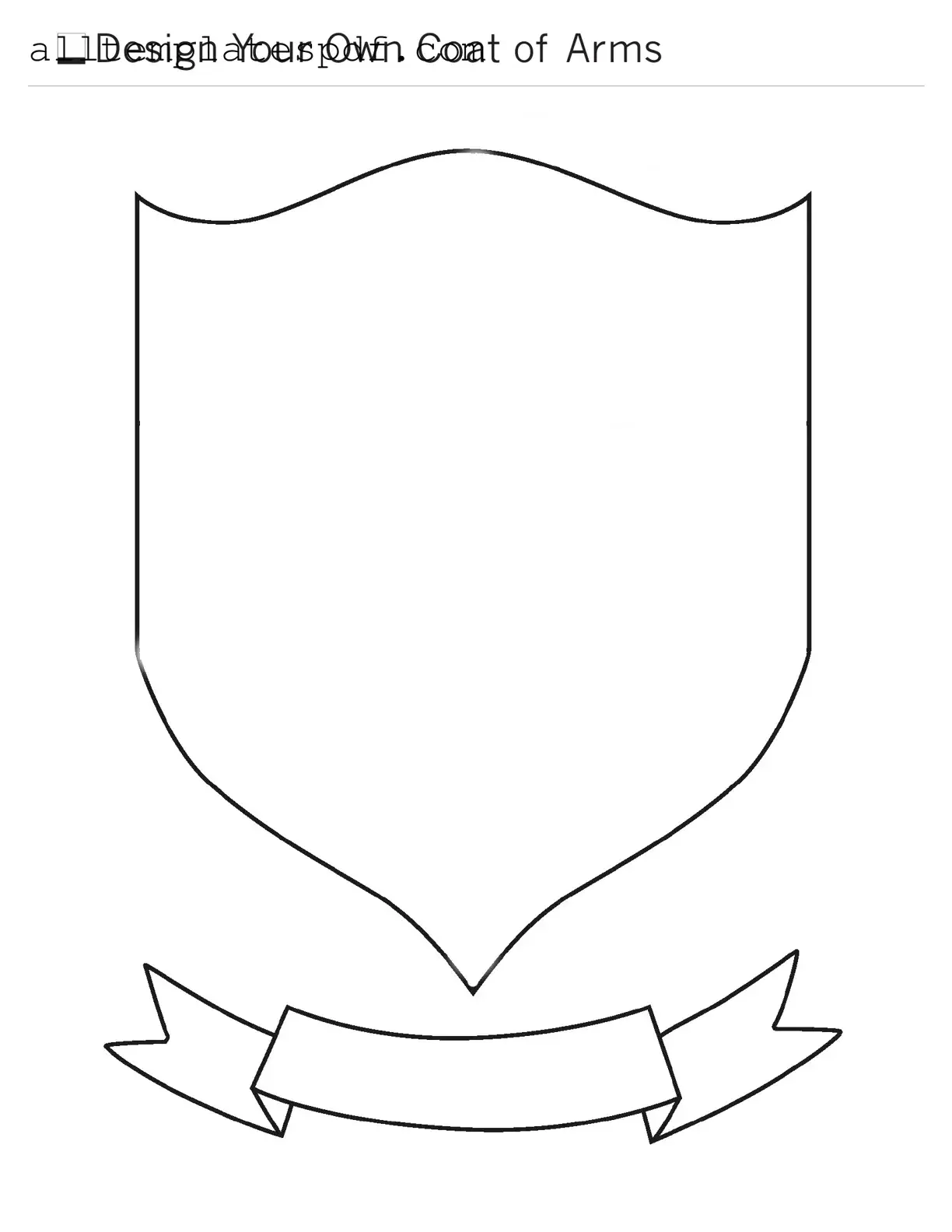Filling out the Coat of Arms form can be a straightforward process, but many people make common mistakes that can lead to delays or rejections. One frequent error is not providing enough detail. When describing your family history or the symbols you want to include, being vague can hinder the review process. Make sure to include specific information about your heritage and the significance of each symbol.
Another mistake is neglecting to check for accuracy. Typos or incorrect information can cause confusion. Always double-check names, dates, and any other critical details before submitting your form. A small error might seem harmless, but it can lead to bigger problems down the line.
Some individuals forget to include all required documentation. The form often asks for proof of lineage or other supporting documents. Failing to attach these can result in a rejected application. It’s essential to read the instructions carefully and ensure you have everything you need.
People often overlook the importance of signatures. An unsigned form is typically invalid. Make sure to sign and date the application where required. This simple step can save you from unnecessary delays.
Not following the submission guidelines is another common pitfall. Each form may have specific instructions on how to submit it—whether by mail or electronically. Ignoring these guidelines can lead to your application being lost or not processed at all.
Many applicants also underestimate the time it takes for processing. Submitting your form well before any deadlines is wise. If you wait until the last minute, you risk running into issues that could have been avoided with a little foresight.
Finally, some people fail to keep copies of their submitted forms. It’s always a good idea to have a record of what you sent. This can be invaluable if you need to follow up or clarify any details later on.
